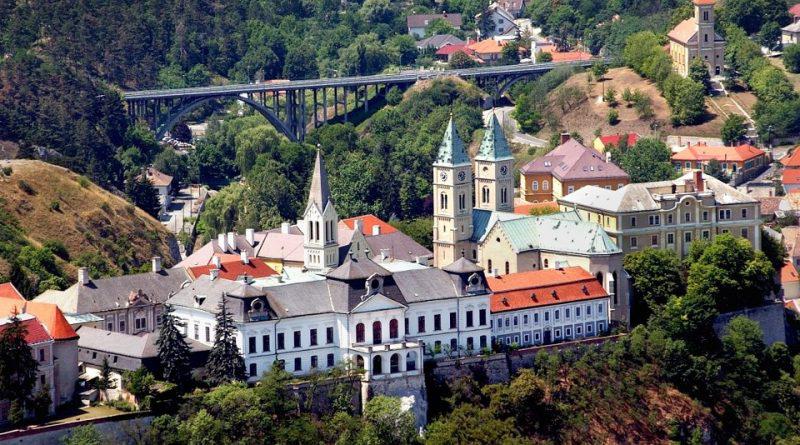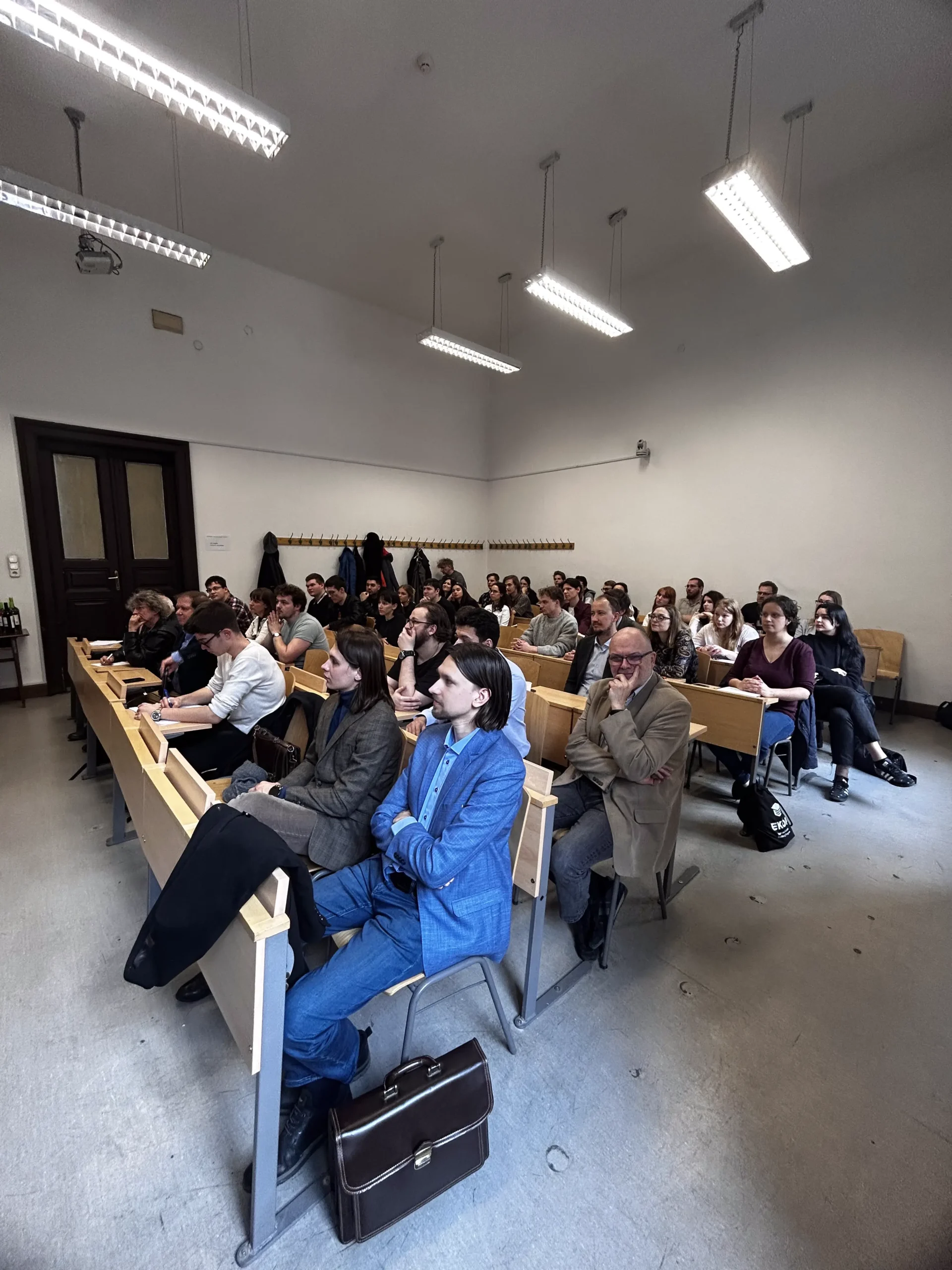First bishopric and the centre of Queens – Veszprém
Fact of the Hungarian figure „St. Stephen and others – First christian saints in Hungarian Kingdom”
Part of the „The patrons and guardians of the land” topic
The Bishopric of Veszprém, founded by Saint Stephen around 1001, is one of the most significant ecclesiastical institutions in Hungary’s early Christian history. Established alongside the Archbishopric of Esztergom, Veszprém quickly became a central hub for the Christianization of Hungary. In the decades preceding its formal foundation, Veszprém likely served as the seat of converting bishops, functioning as a princely estate and a strategic center for spreading the Christian faith.
Saint Stephen’s wife, Queen Gisela, played a crucial role in the establishment of Veszprém’s cathedral, dedicated to Archangel Saint Michael. Her involvement in the foundation of the cathedral elevated Veszprém’s status, making it not only a religious center but also a key site for the Hungarian monarchy. As a result, the cathedral became known as the queen’s chapel, where Hungarian queens were traditionally crowned and often buried. This unique role established Veszprém as the „City of Queens,” a title that reflects its historical significance as both a religious and royal center.
The bishopric of Veszprém was under the jurisdiction of the Archdiocese of Esztergom, but it wielded considerable influence in its own right. A surviving copy of a charter issued by King Saint Stephen in 1009 details the jurisdiction and possessions of the bishopric, indicating that its first bishop was named Stephen. At the time, the bishopric’s authority extended over four castles—Veszprém, Fehérvár, Kolon, and Visegrád—along with their respective comitati. This extensive jurisdiction made Veszprém a crucial player in the ecclesiastical and administrative organization of early medieval Hungary.
During the Middle Ages, the bishopric of Veszprém formed the northern boundary of the Archdiocese of Kalocsa, especially before the foundation of the Bishopric of Vác in 1038. The influence of the Veszprém bishopric during this period was instrumental in shaping the religious landscape of Hungary, reinforcing the Christian faith and supporting the veneration of Hungary’s first saints.
Veszprém’s dual role as both a religious and royal center highlights its importance in the early years of the Hungarian kingdom. The city not only fostered the development of the Hungarian church but also played a pivotal role in the establishment of the nation’s Christian identity, deeply intertwined with the legacy of Saint Stephen and the early saints of Hungary.





